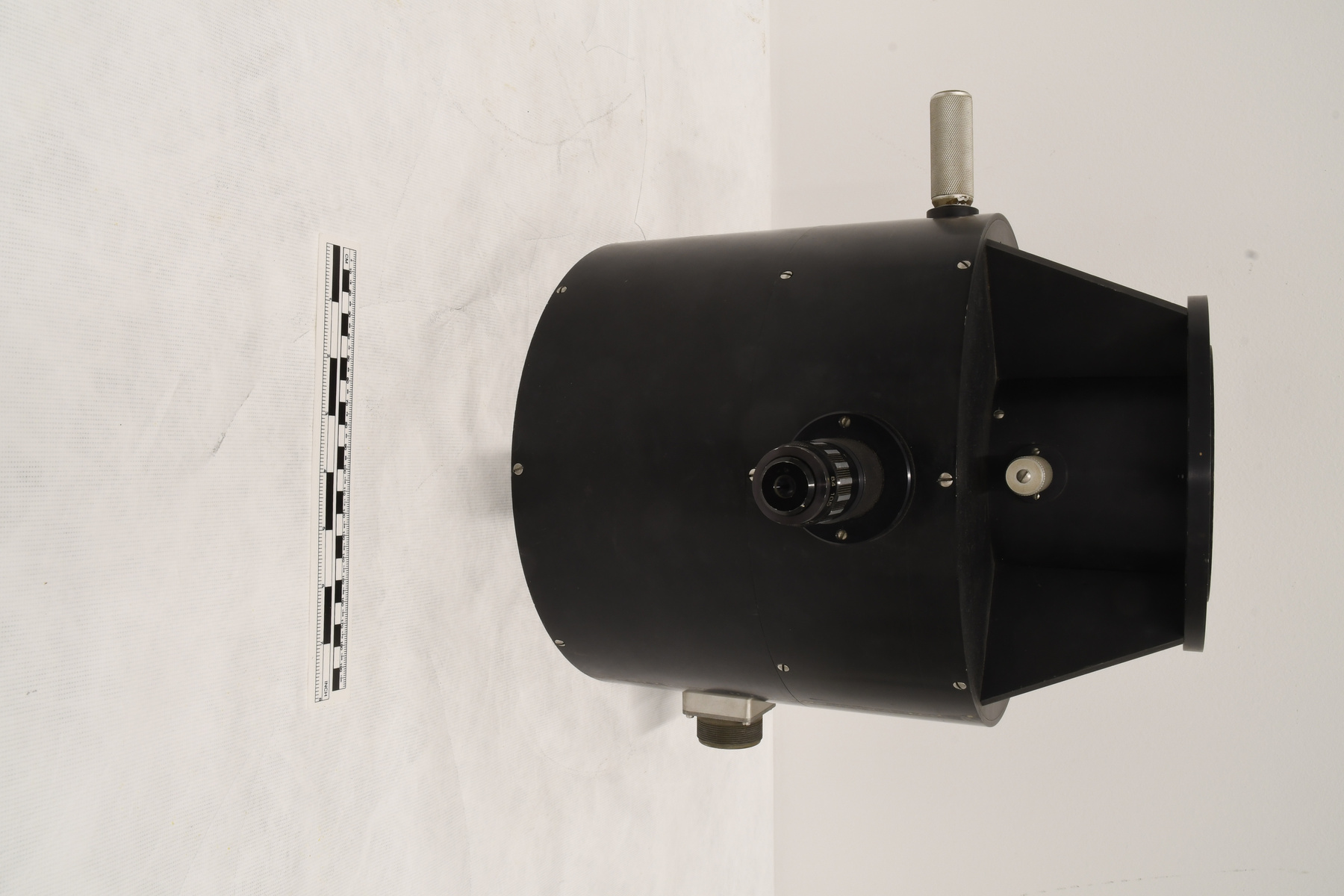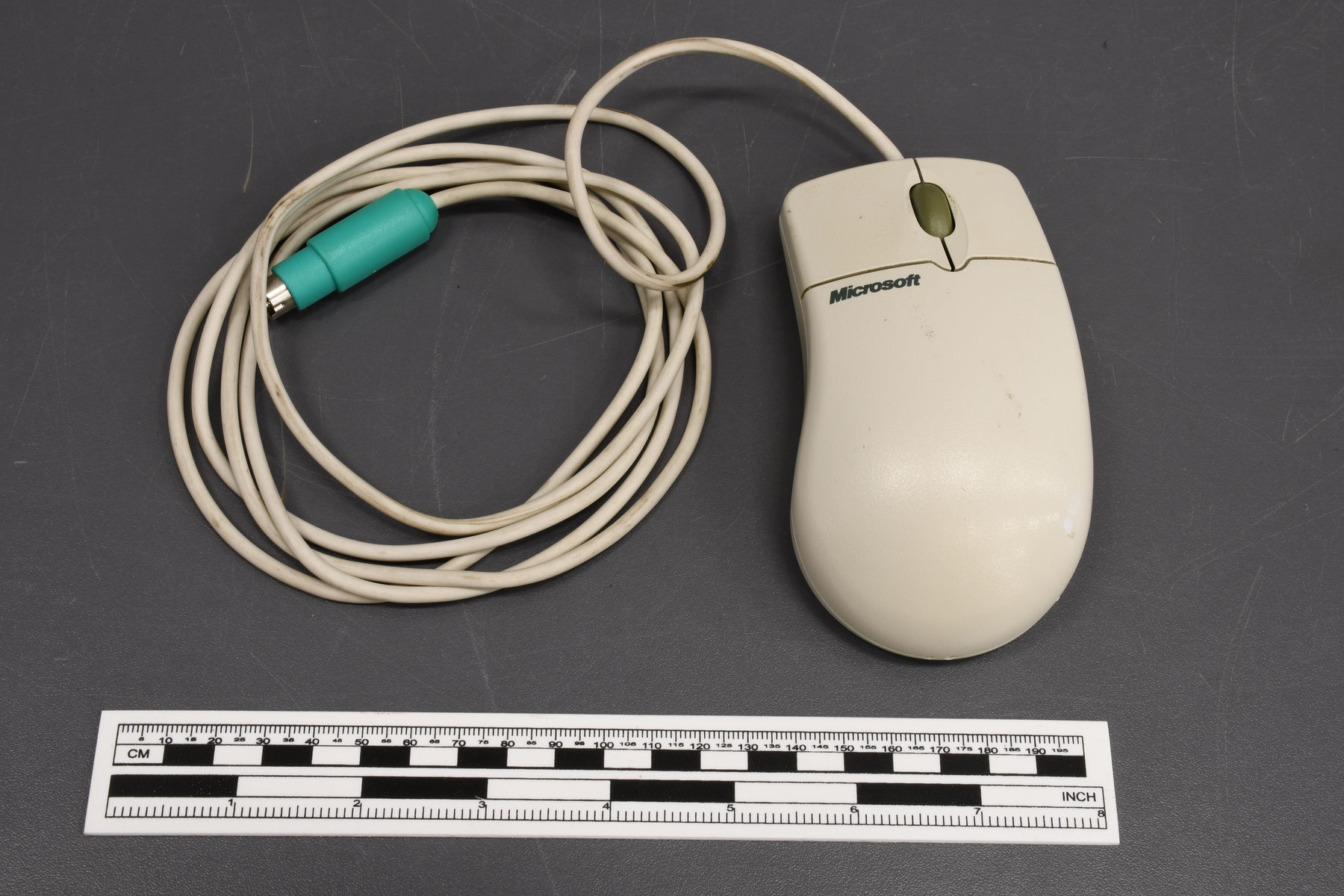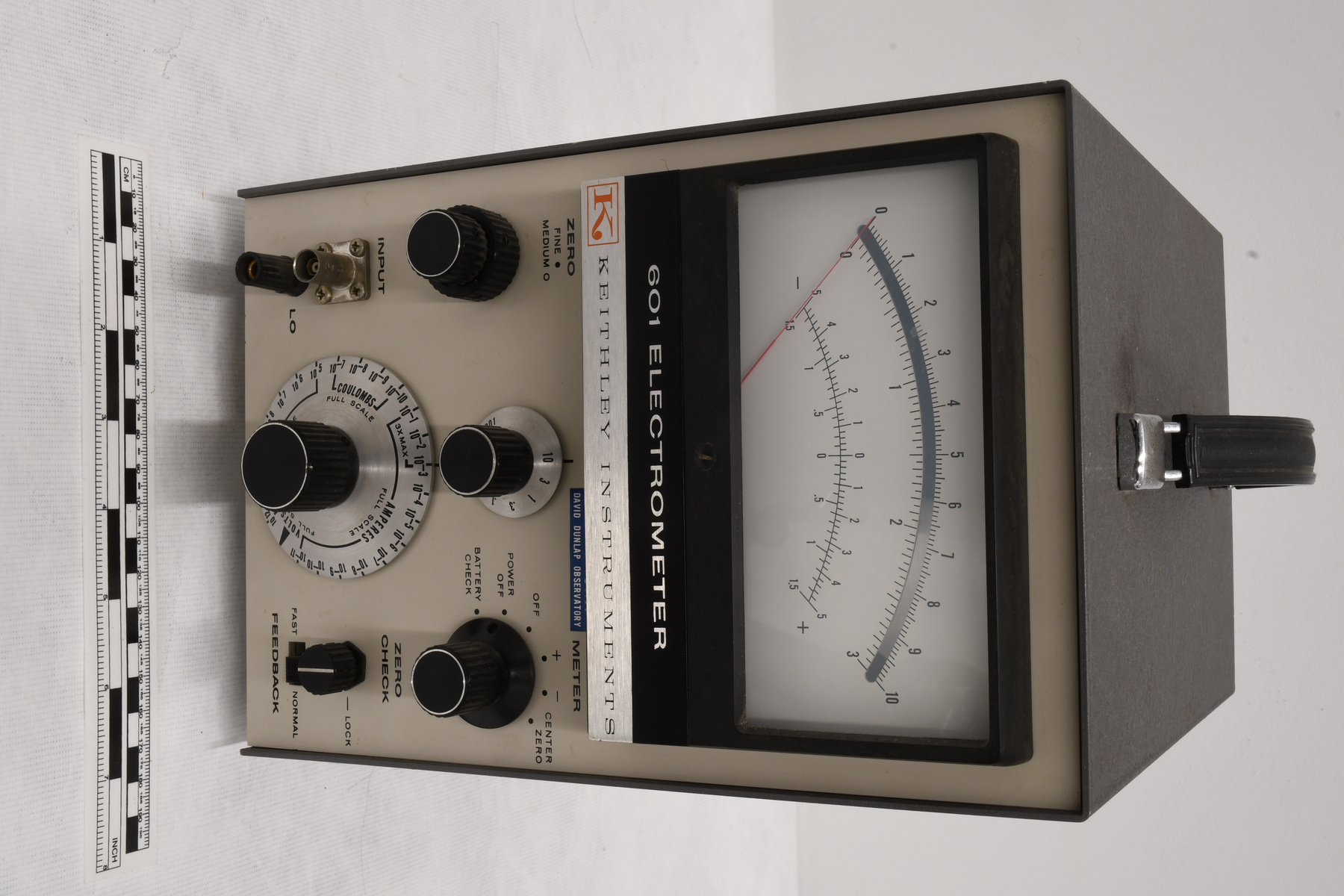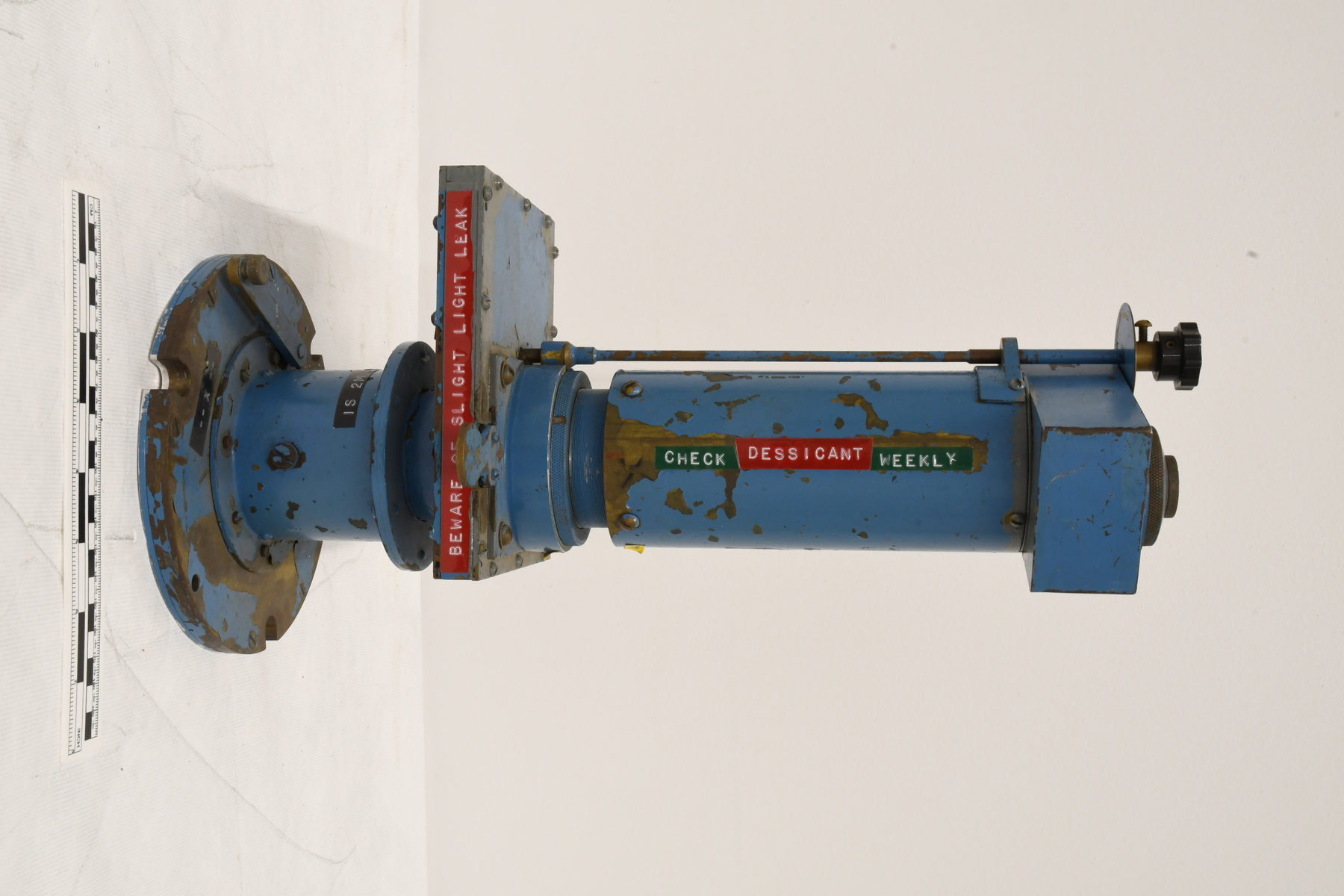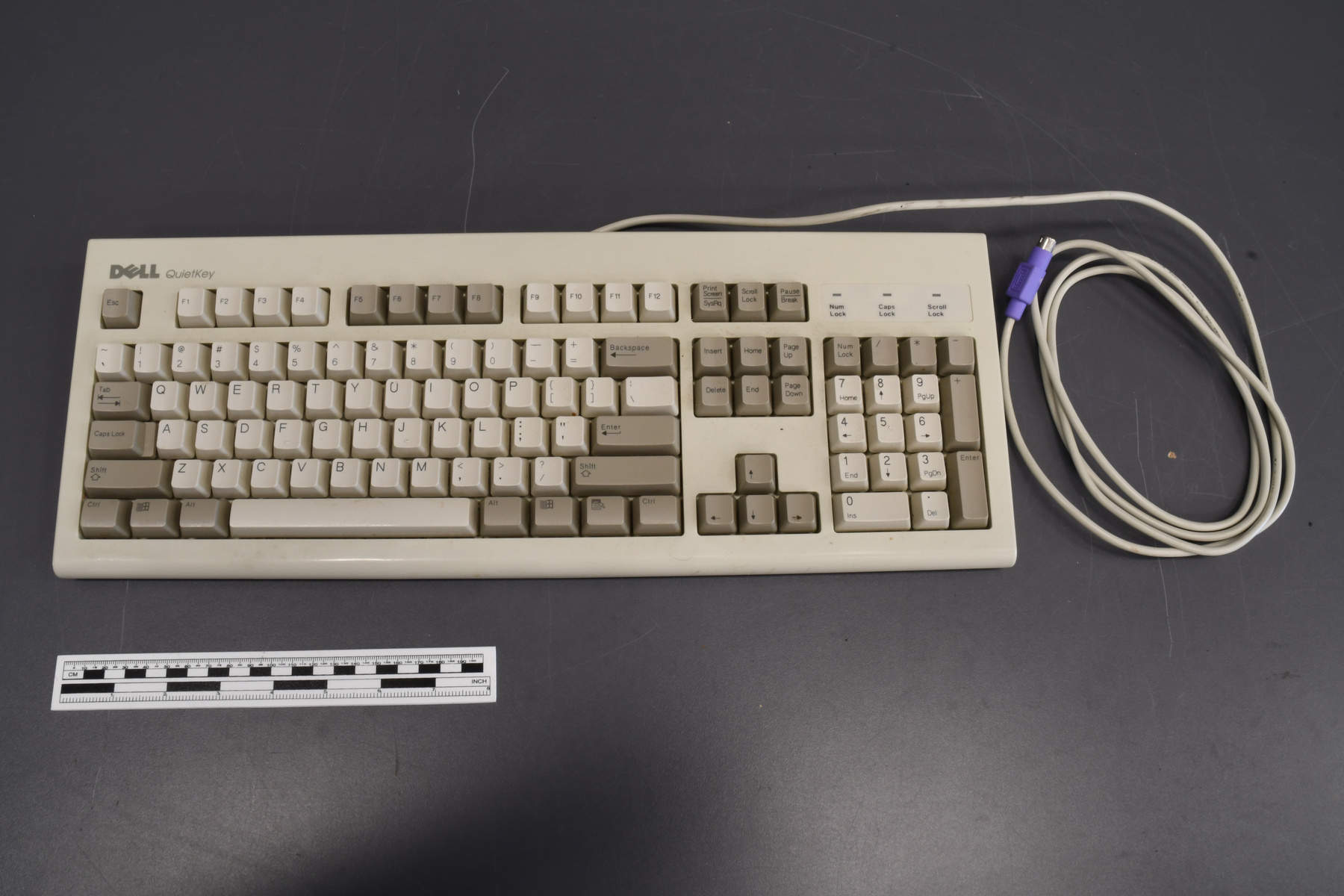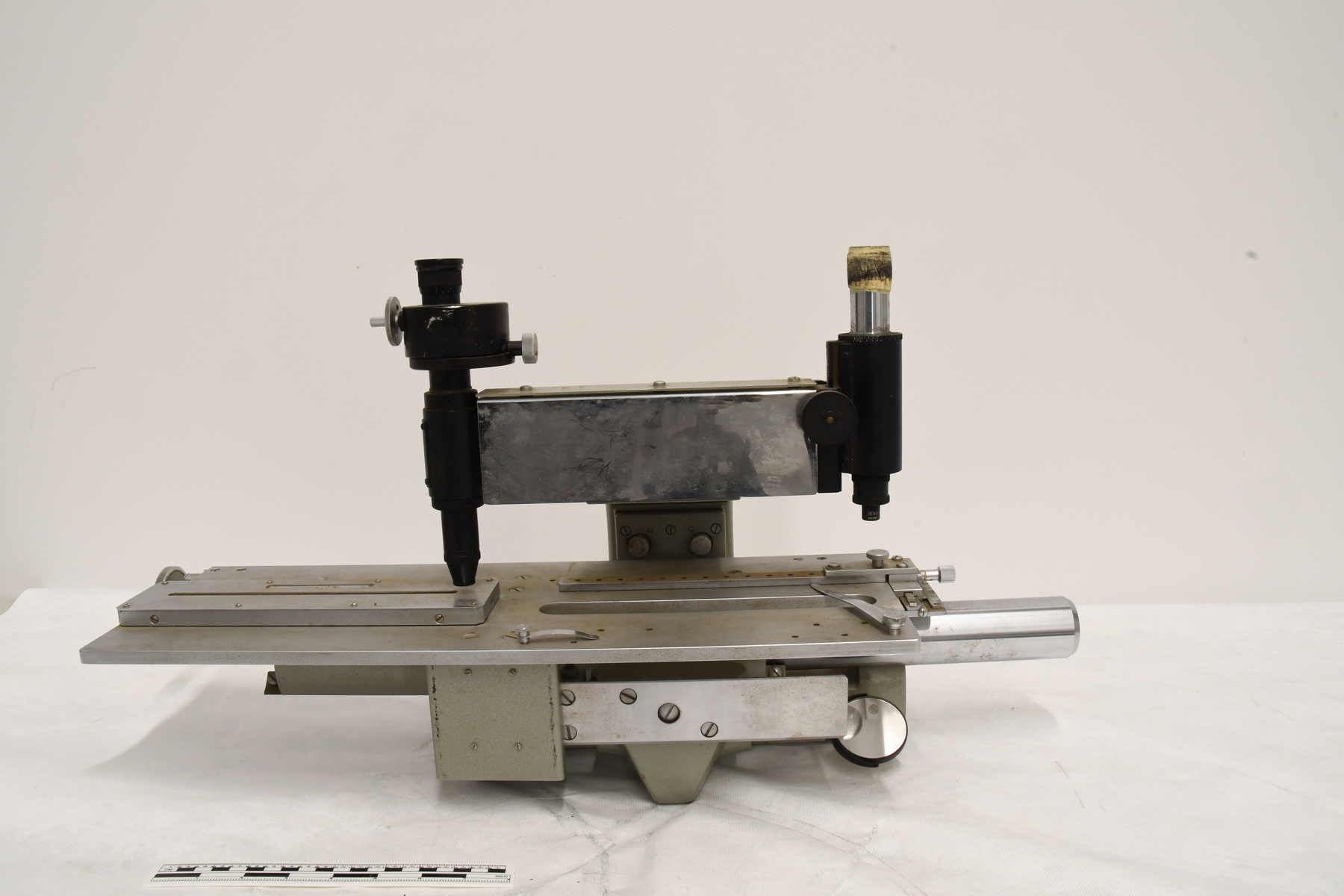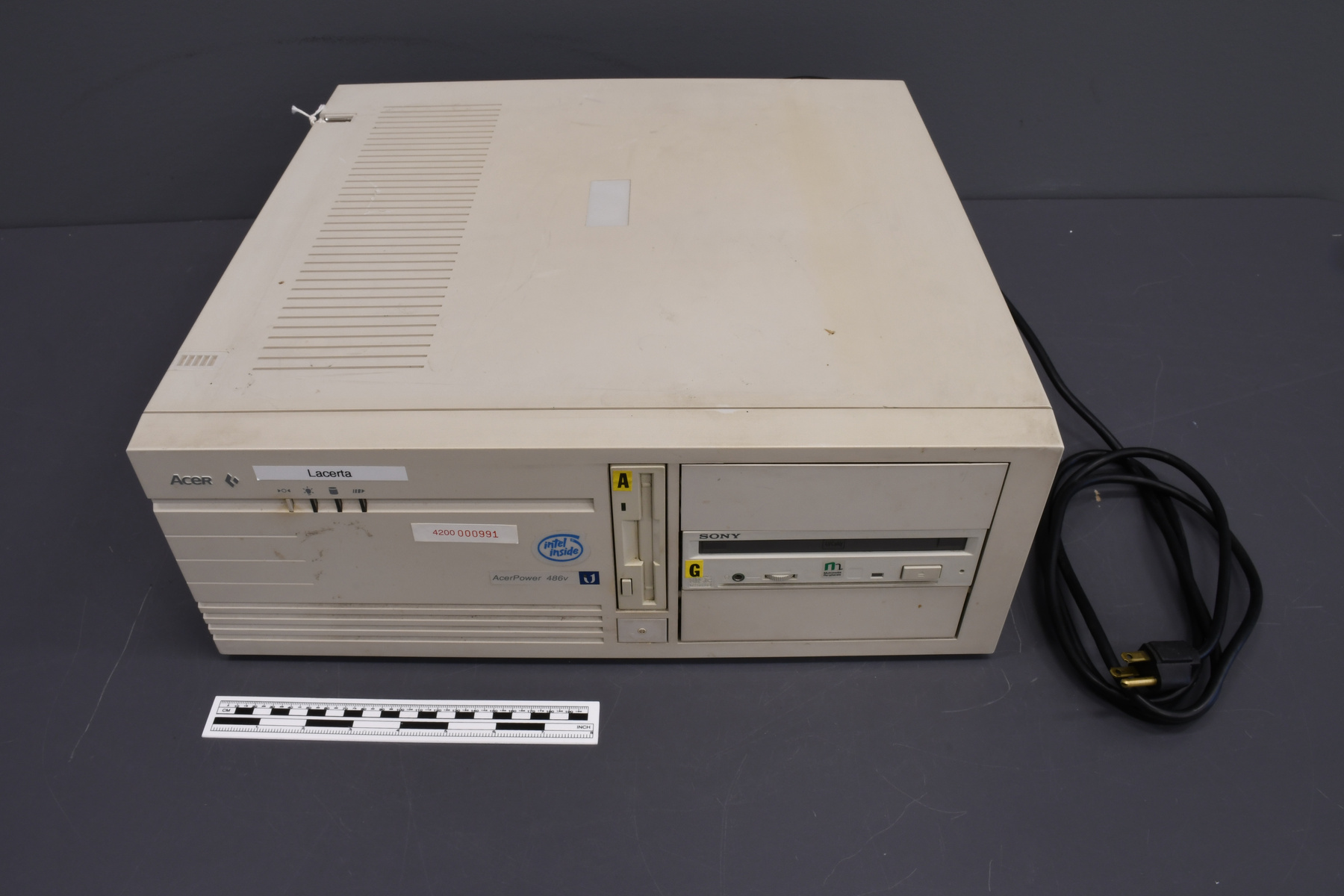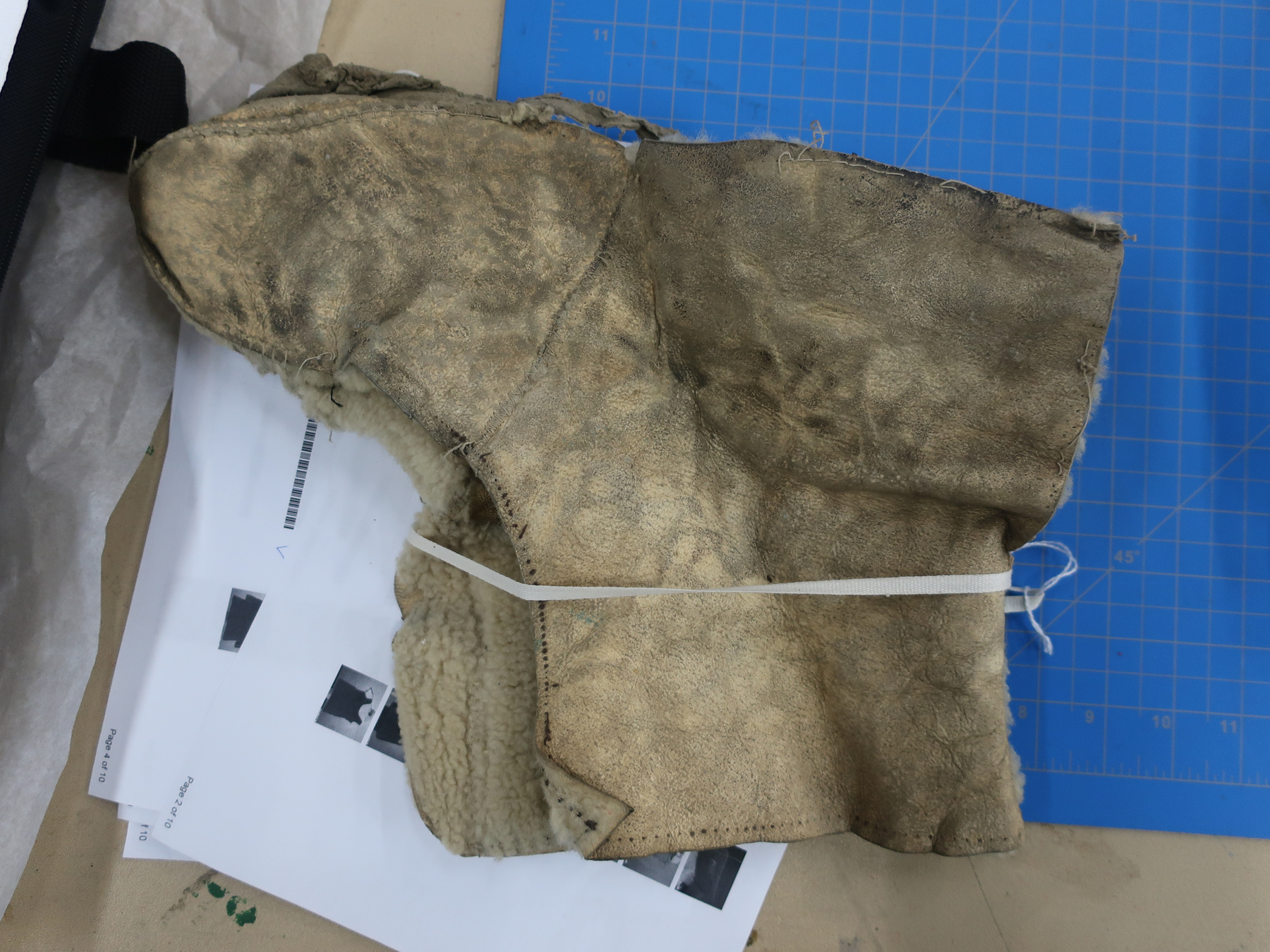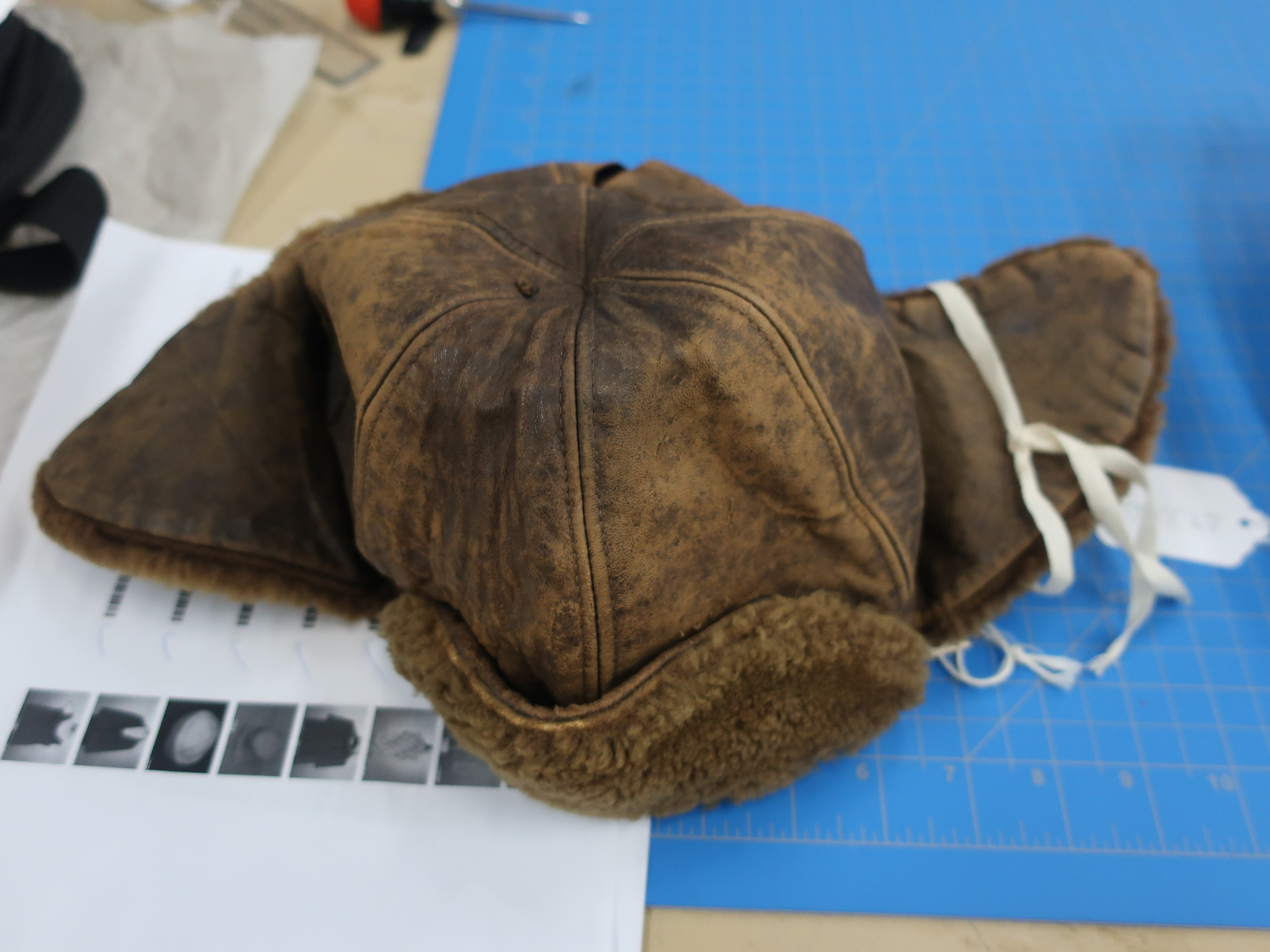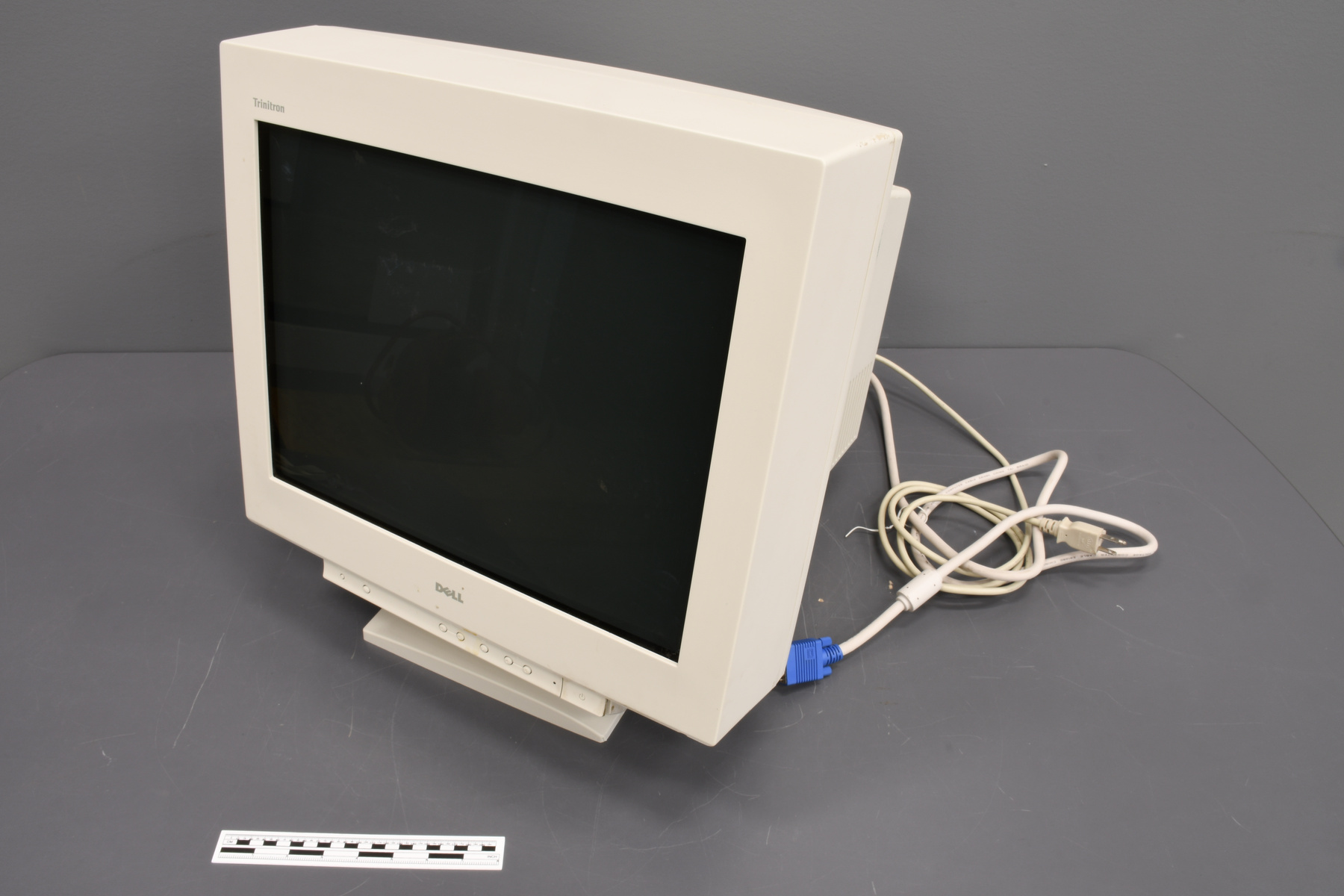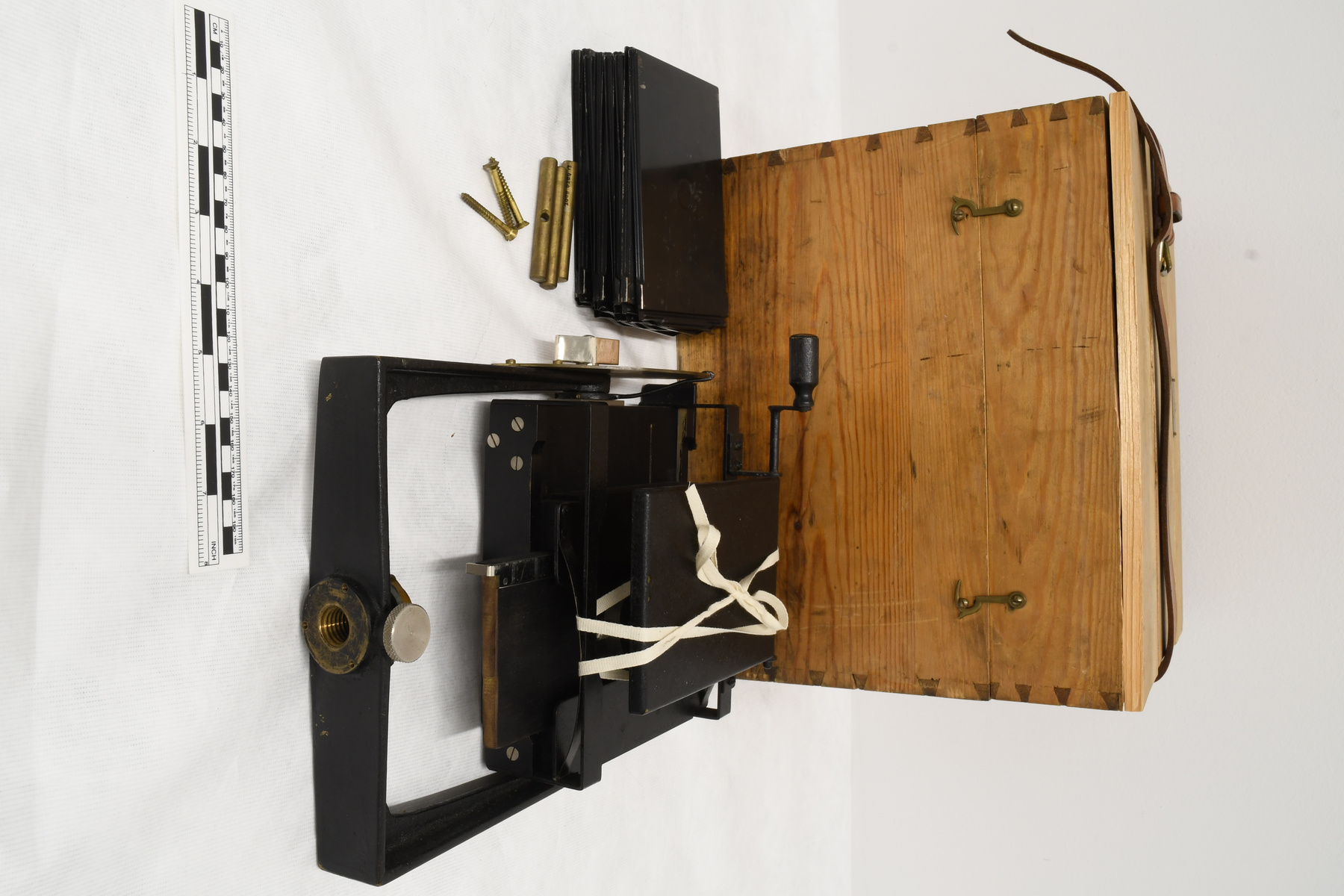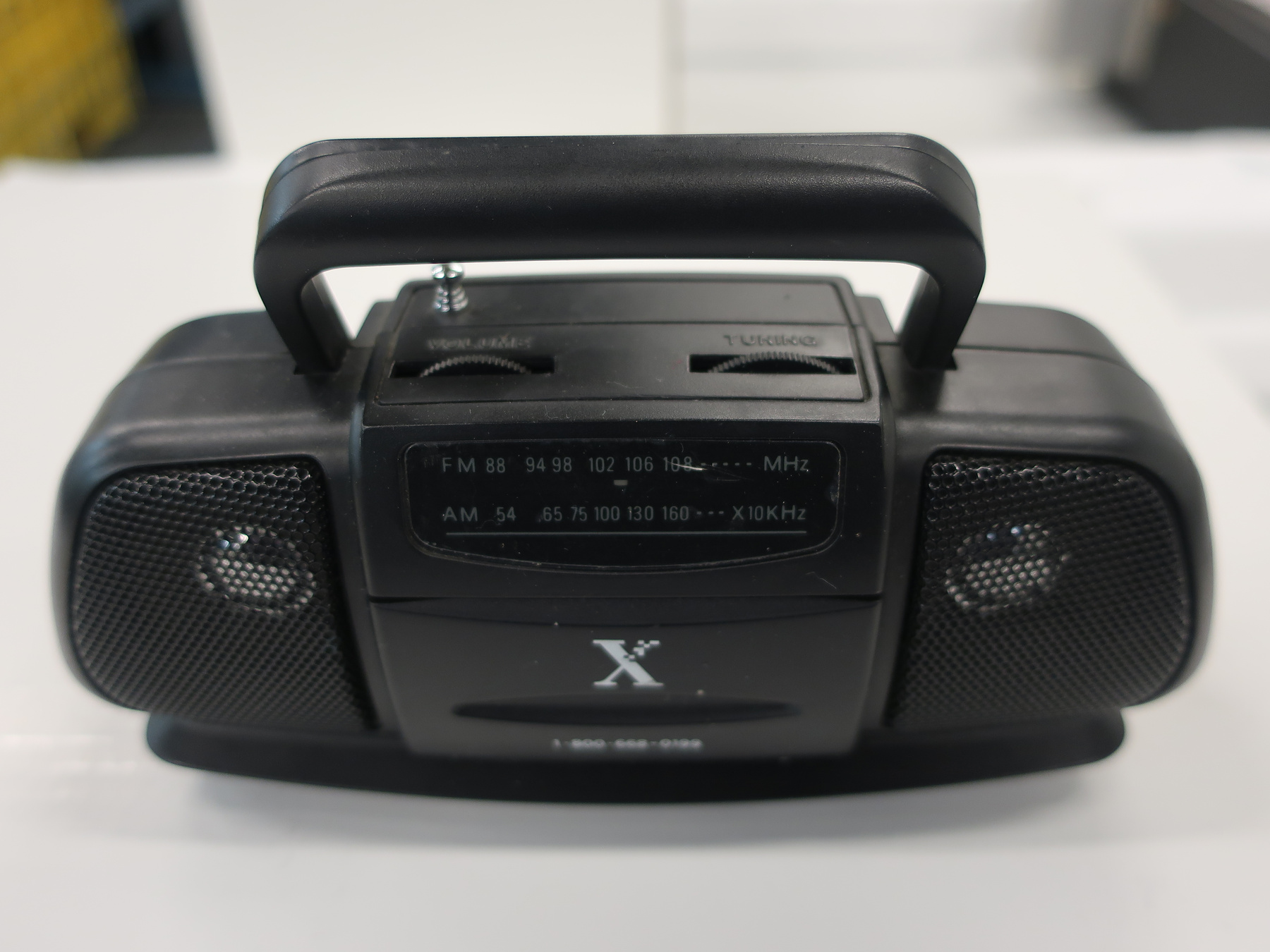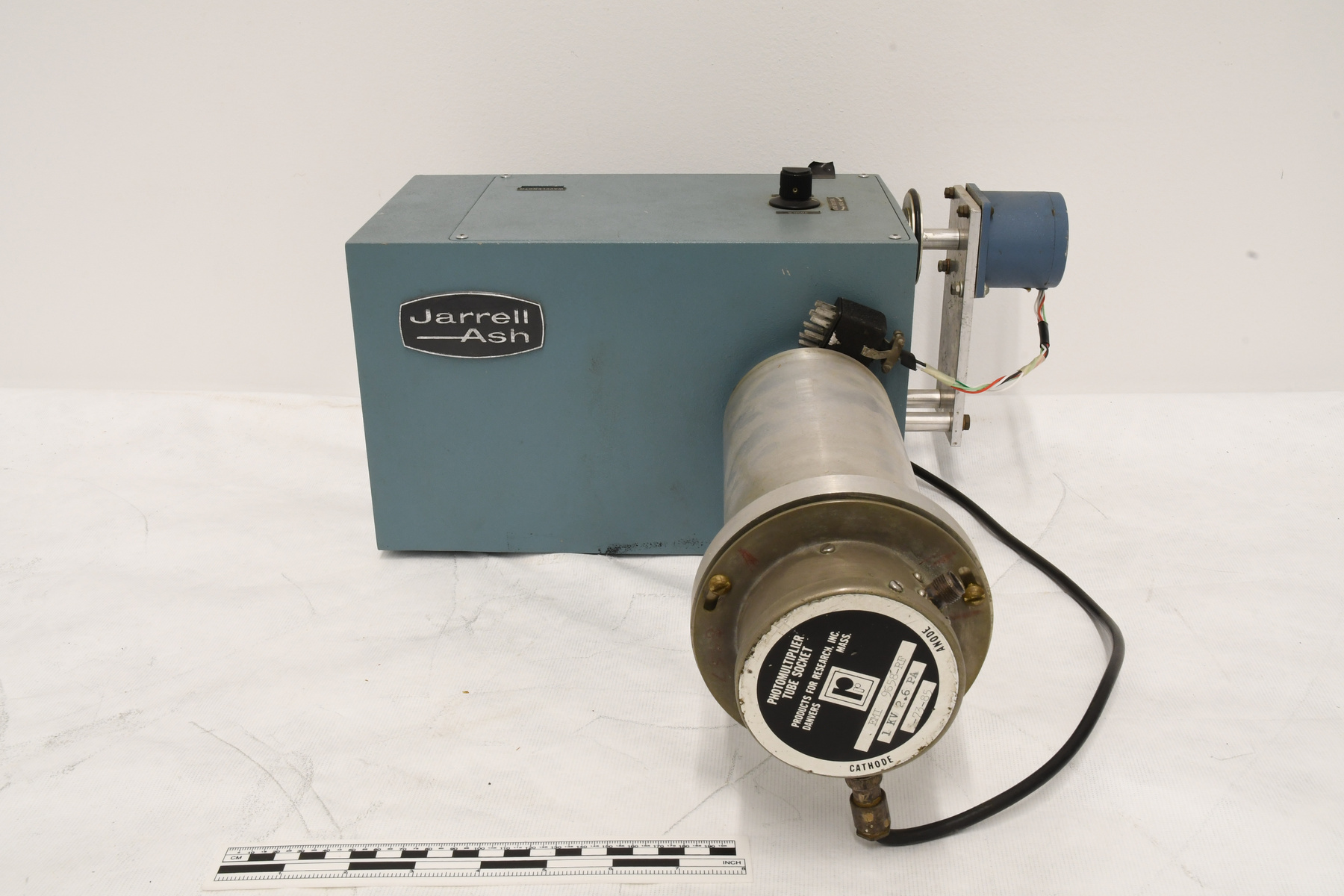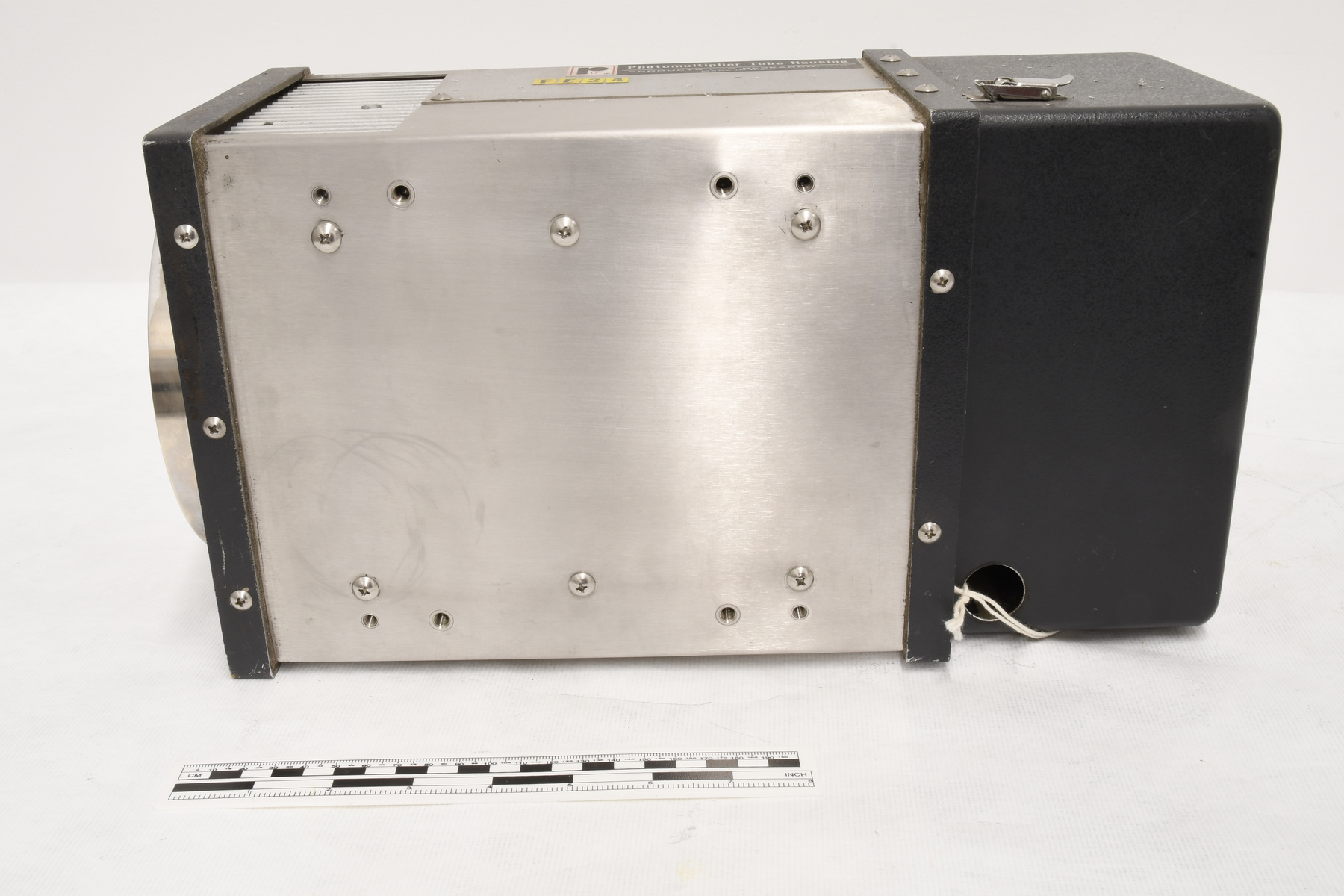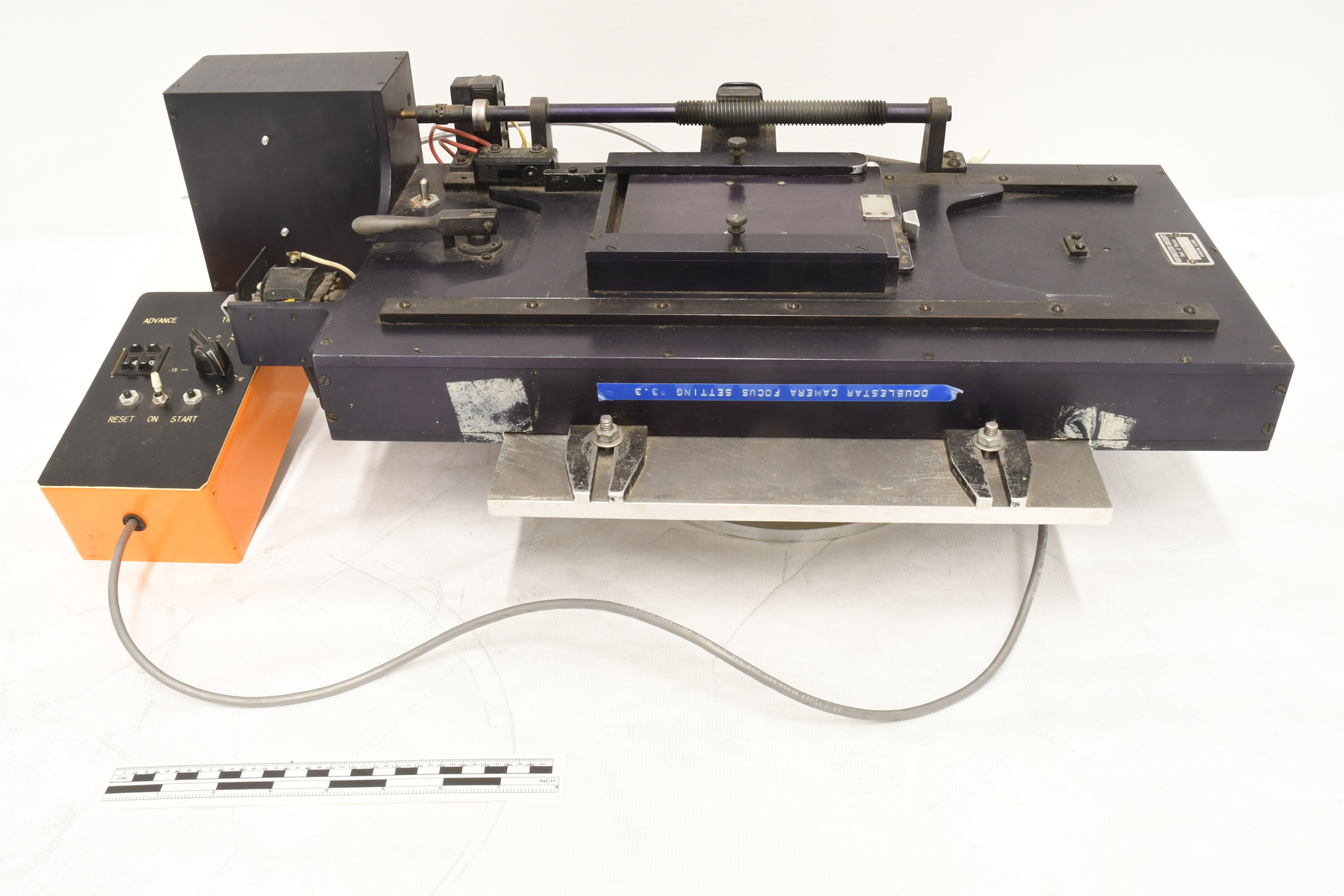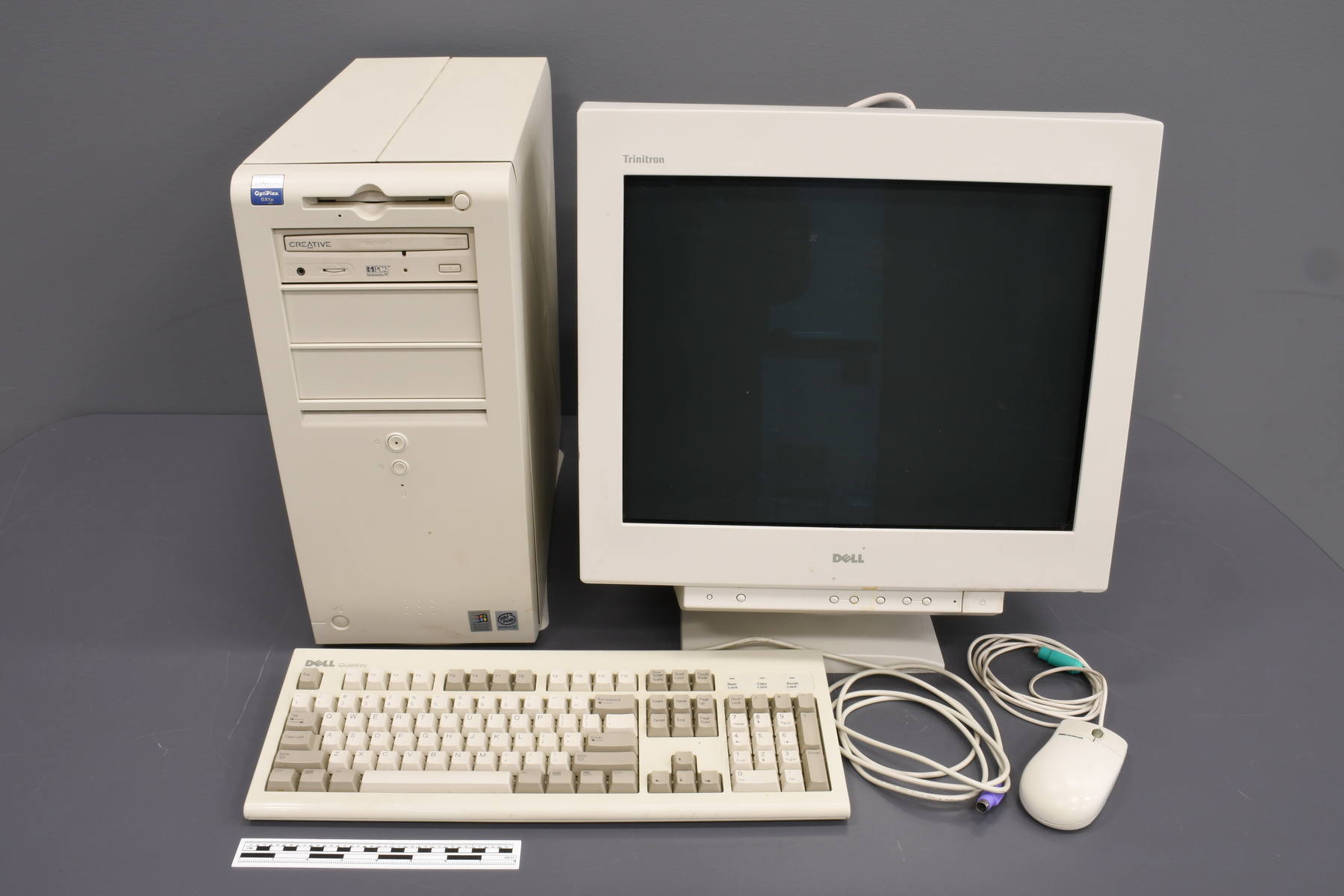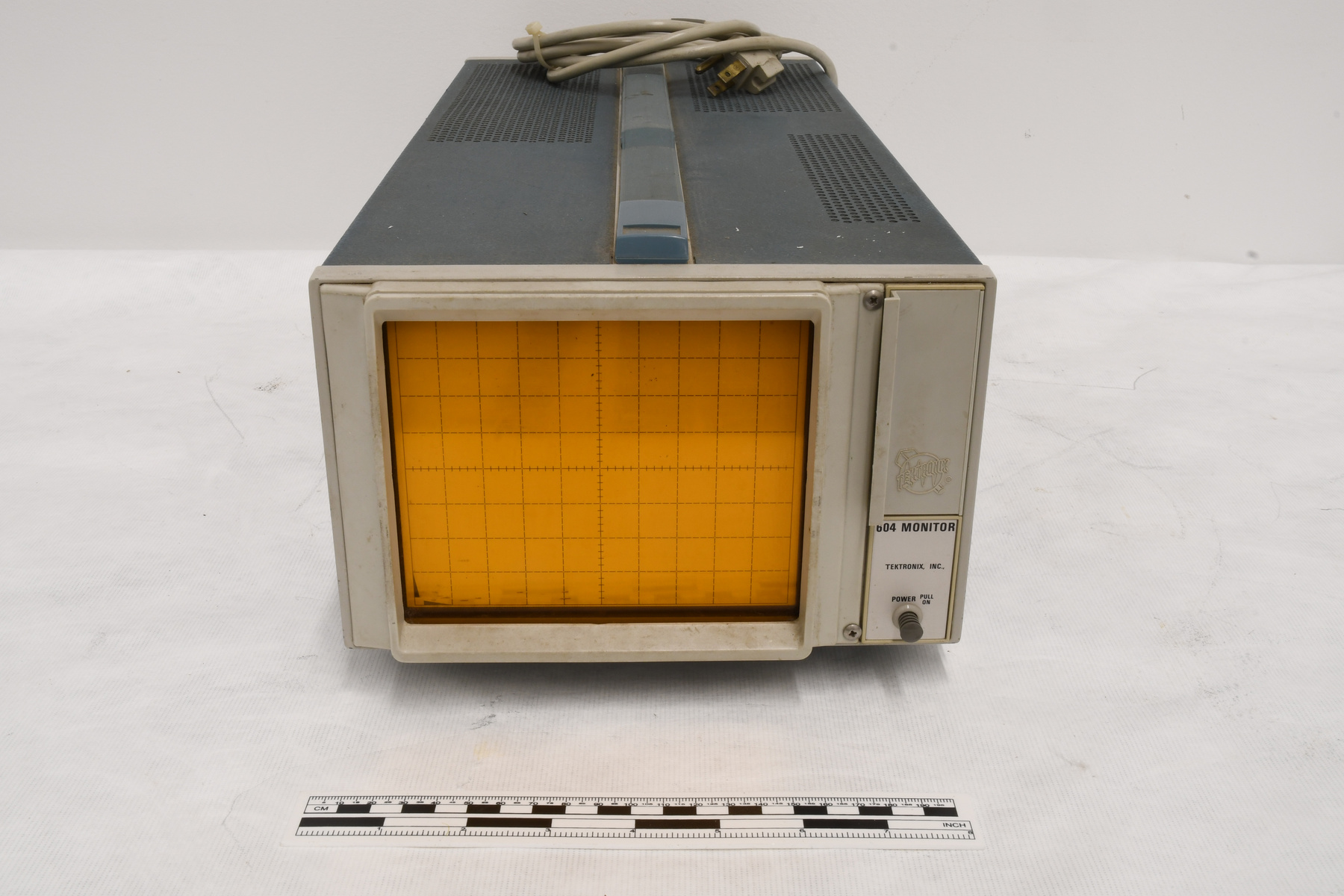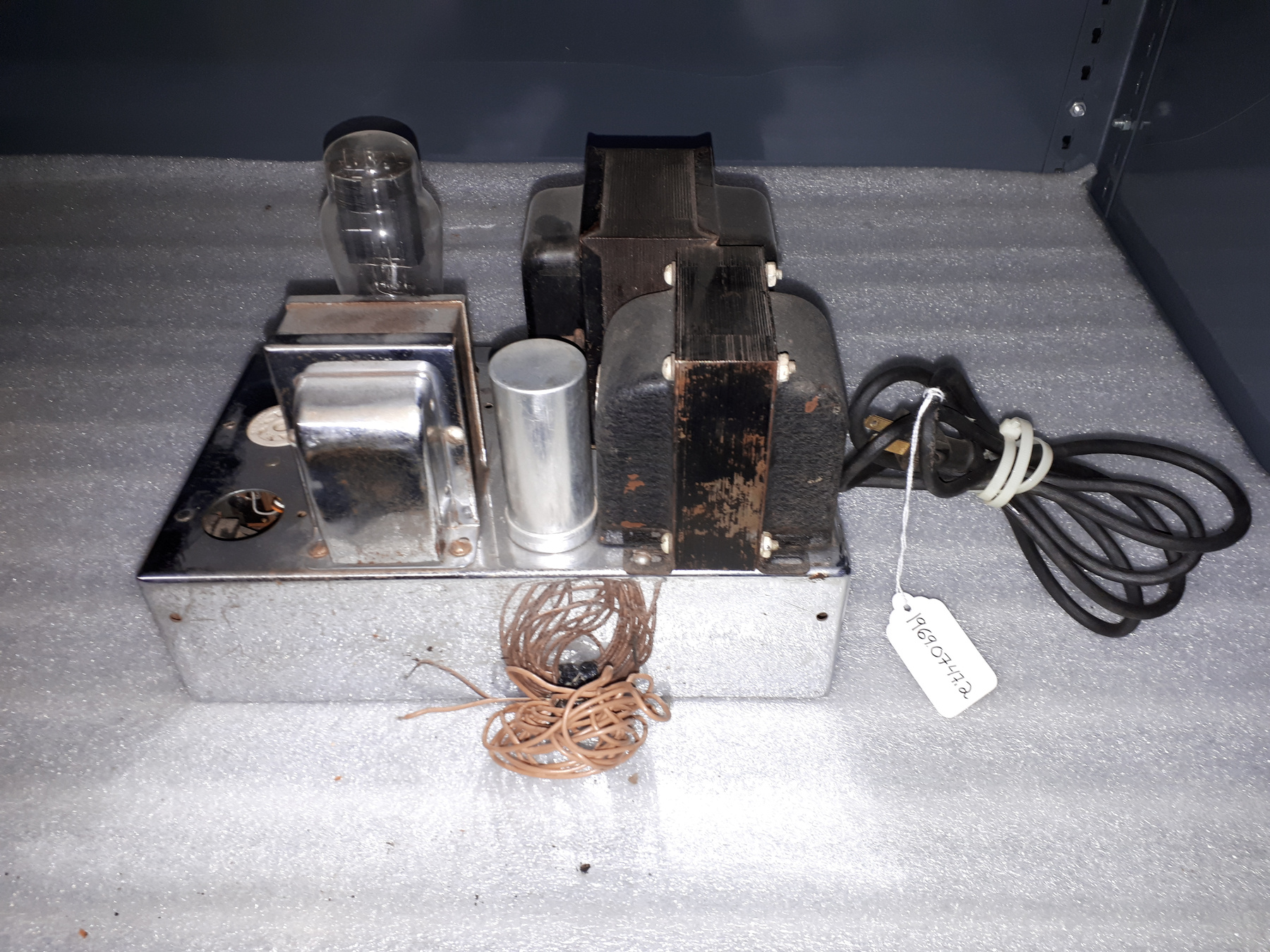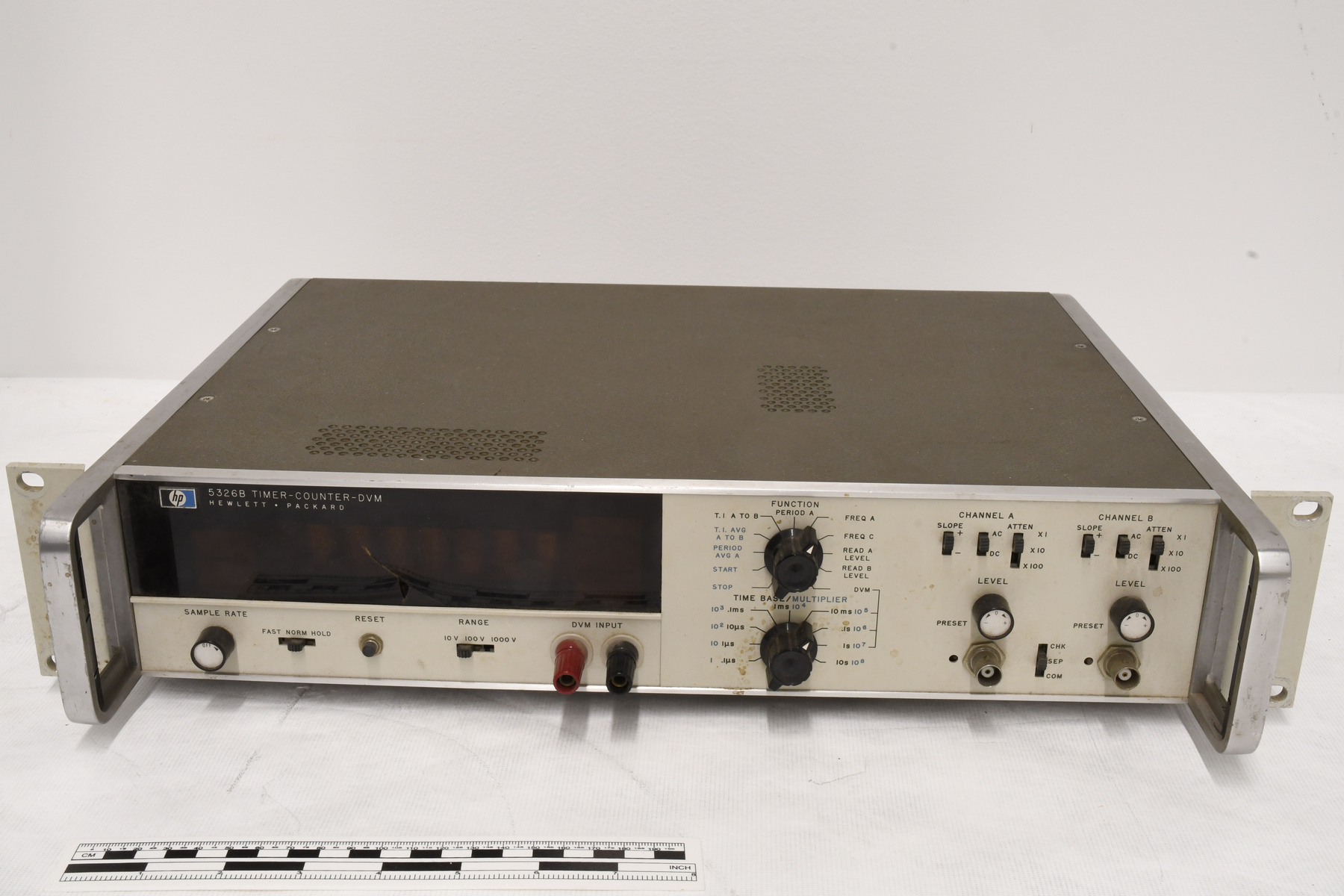Computer
Use this image
Can I reuse this image without permission? Yes
Object images on the Ingenium Collection’s portal have the following Creative Commons license:
Copyright Ingenium / CC BY-NC-ND (Attribution-NonCommercial 4.0 International (CC BY-NC 4.0)
ATTRIBUTE THIS IMAGE
Ingenium,
2008.0205.001
Permalink:
Ingenium is releasing this image under the Creative Commons licensing framework, and encourages downloading and reuse for non-commercial purposes. Please acknowledge Ingenium and cite the artifact number.
DOWNLOAD IMAGEPURCHASE THIS IMAGE
This image is free for non-commercial use.
For commercial use, please consult our Reproduction Fees and contact us to purchase the image.
- OBJECT TYPE
- N/A
- DATE
- Unknown
- ARTIFACT NUMBER
- 2008.0205.001
- MANUFACTURER
- SSR Instruments Co.
- MODEL
- Digital Synchronous Computer 1110
- LOCATION
- Santa Monica, California, United States of America
More Information
General Information
- Serial #
- 337
- Part Number
- 1
- Total Parts
- 1
- AKA
- Serial converter
- Patents
- N/A
- General Description
- Metal casing, parts/ Synthetic meter casings and fronts, controls, feet, wire covering and parts
Dimensions
Note: These reflect the general size for storage and are not necessarily representative of the object's true dimensions.
- Length
- 48.2 cm
- Width
- 31.0 cm
- Height
- 10.5 cm
- Thickness
- N/A
- Weight
- N/A
- Diameter
- N/A
- Volume
- N/A
Lexicon
- Group
- Astronomy
- Category
- Research
- Sub-Category
- N/A
Manufacturer
- AKA
- SSR
- Country
- United States of America
- State/Province
- California
- City
- Santa Monica
Context
- Country
- Canada
- State/Province
- Ontario
- Period
- Unknown
- Canada
-
An instrument used at the David Dunlap Observatory at the University of Toronto, one of Canada's most important astronomical observatories. The David Dunlap Observatory opened in 1935 as the result of a bequest from the wife of David Dunlap. The telescope was a 74 inch (188 cm) reflector built by Grubb Parsons of Newcastle-upon-Tyne in England. The 74 inch was then the largest telescope in Canada (surpassing the 72 inch telescope of the Dominion Astrophysical Observatory in Victoria) and became the second largest in the world after the 100 inch Hooker Telescope of the Mt. Wilson Observatory outside Los Angeles. DDO's reputation grew and following WWII, it began to graduate most of the astronomers produced in Canada with University of Western Ontario far behind. Beginning in the 1960s a number of other astronomy departments were created but UofT/DDO held its place, a position it probably still holds. The DDO had a good technical staff which gave them an advantage and, with most of the 1940s to early 1970s top astronomers coming from UofT, grants from NRC and then ENSERC were almost guaranteed and allowed UofT's top astronomers -- Hogg, van den Berg, Fernie, Bolton, Kamper, Martin, etc. to acquire or build some of the best equipment available in university observatories. For optical observatories, only the DAO had technical staff and budgets that surpassed those of DDO. In 2007, citing increasing light pollution, the University of Toronto announced plans to sell the Observatory property. In June 2008, it was sold to Corsica Development Inc., a subsidiary of Metrus Development Inc. and the Observatory was closed. In 2009 the Observatory buildings and 80% of the site were designated a cultural heritage landscape. Also in 2009 Corsica and the Royal Astronomical Society of Canada, Toronto Centre announced an agreement allowing the RASC to provide public education and outreach programs at the observatory, and to operate the 188 cm telescope. - Function
-
A component of a photo-multiplier system used to measure infrared sources in an astronomical observatory. - Technical
-
This instrument was a key part of a photo-multiplier system to measure infrared sources. It drove what is called a chopper which is a rotating wheel that quickly flashed between the object being observed and the sky nearby. The system had two diaphragms of equal size which were close to each other. The chopper alternately covered one then the other of the diaphragms and this instrument set the speed (the 99-3 microseconds on the back means the speed was 0.0099 seconds or about 1 100th sec). The two DB connectors marked TTL ... allowed the data from the PM tube to be fed into a microprocessor based on transistor - transistor logic. These were one of the main types of computers used from the mid-'60s into the '80s, though after the arrival of the IBM PC in 1981, they started to disappear. Unlike Fernie's photo-multiplier systems where the signal was integrated (i.e added up) for 10, 30 60 seconds or whatever, this system counted the actual number of photon events recorded by the photomultiplier for each "open" session for sky or object. - Area Notes
-
Unknown
Details
- Markings
- Blue lettering on front reads 'SSR INSTRUMENTS CO./ a subsidiary of Princeton Applied Research Corp.' and 'DIGITAL SYNCHRONOUS COMPUTER MODEL 1110' / Plate on back reads 'SSR INSTRUMENTS CO./ 1001 colorado avenue, santa monica, california 90404/ 115/230 Vac 50-400 Hz/ MODEL 1110 SERIAL 0337/ MADE IN U.S.A. PAT. PEND.'/ Paper label on casing top front edge reads '1110-02/ SERIAL CONVERTER'/ Black lettering on front and back for controls
- Missing
- Appears complete
- Finish
- Brushed metal casing front in black painted frame/ Black synthetic thumb wheel mechanism, white controls, colourless transparent dial windows on front/ Grey painted casing sides, top and underside with plated support bar/ Brushed metal casing back with black synthetic thumb wheel mechanism, black painted and metallic parts, black synthetic parts/ Grey electrical cord covering/ Black feet
- Decoration
- N/A
CITE THIS OBJECT
If you choose to share our information about this collection object, please cite:
SSR Instruments Co., Computer, Unknown Date, Artifact no. 2008.0205, Ingenium – Canada’s Museums of Science and Innovation, http://collections.ingeniumcanada.org/en/id/2008.0205.001/
FEEDBACK
Submit a question or comment about this artifact.
More Like This
